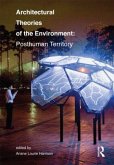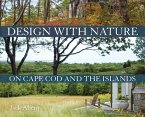Documents the artworks of the exhibition Repair, Australian Pavilion, 16th International Architecture Exhibition, La Biennale di Venezia, under the creative direction of Baracco+Wright Architects in collaboration with Linda Tegg. It shares the thinking embodied in the work and reflects on the spaces prompted by its life. The exhibition invites you to look anew at a plant community that has been overlooked as a site only for human use, to the extent that there is only 1% now left and to reflect on the ground, what it supports, what is displaced. As presented through our premier cultural institution, La Biennale di Venezia, this exhibition will live on through seed the authors of this investigation have already started to collect and through relationships they are building with research institutes in Europe.
Hinweis: Dieser Artikel kann nur an eine deutsche Lieferadresse ausgeliefert werden.
Hinweis: Dieser Artikel kann nur an eine deutsche Lieferadresse ausgeliefert werden.








